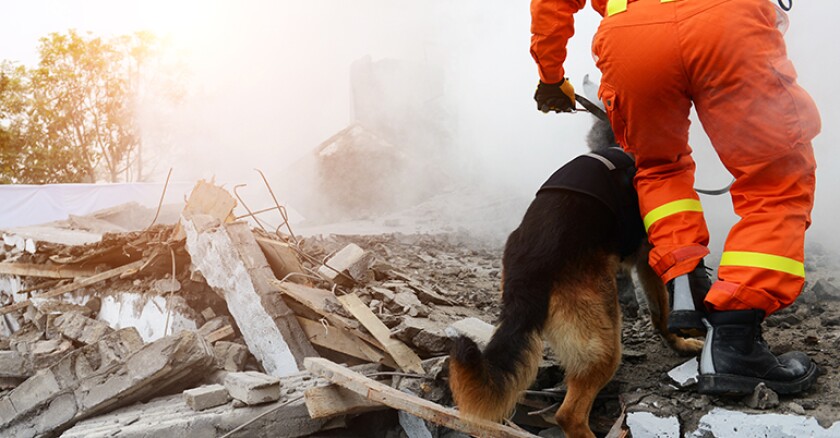The question is not an idle one. Many emergency managers believe that all-hazards means planning for every possible eventuality. The simple fact is that this is impossible. No organization or jurisdiction has sufficient resources to do this, even if it were possible to foresee every hazard. There is always the unexpected.
There are two components of all-hazards planning. The first in the concept of risk analysis. The first Principle of Emergency Management, comprehensive, states that one must "consider and take into account all-hazards." NFP 1600 echoes this by saying that the hazards identified in Annex A should be "considered during the risk assessment." The third Principle of Emergency Management, risk-driven, encourages the use of risk analysis to assign priorities and resources.
Instead of dissipating limited planning resources on all possible hazards, risk analysis instead focuses on community vulnerability to specific hazards. This allows planning resources to be dedicated to those risks (not hazards) that are most likely to affect the community.
The second component of all-hazards planning is the development of the capacity to deal with multiple hazards through functional planning. This is based on the assumption that certain core functions, such as warning, evacuation, and sheltering, will be needed in most disasters and will be to a large extent be handled the same way. This creates a baseline capability that can not only deal with anticipated risk but can be modified to deal with the unexpected.
All-hazards planning is a sound and proven concept. But it does not mean that one must plan for possible hazard. It does mean that one should consider all possible hazards as part of a risk analysis. Using a risk-based approach to planning, coupled with functional and prioritized contingency planning, makes the best possible use of limited resources.








